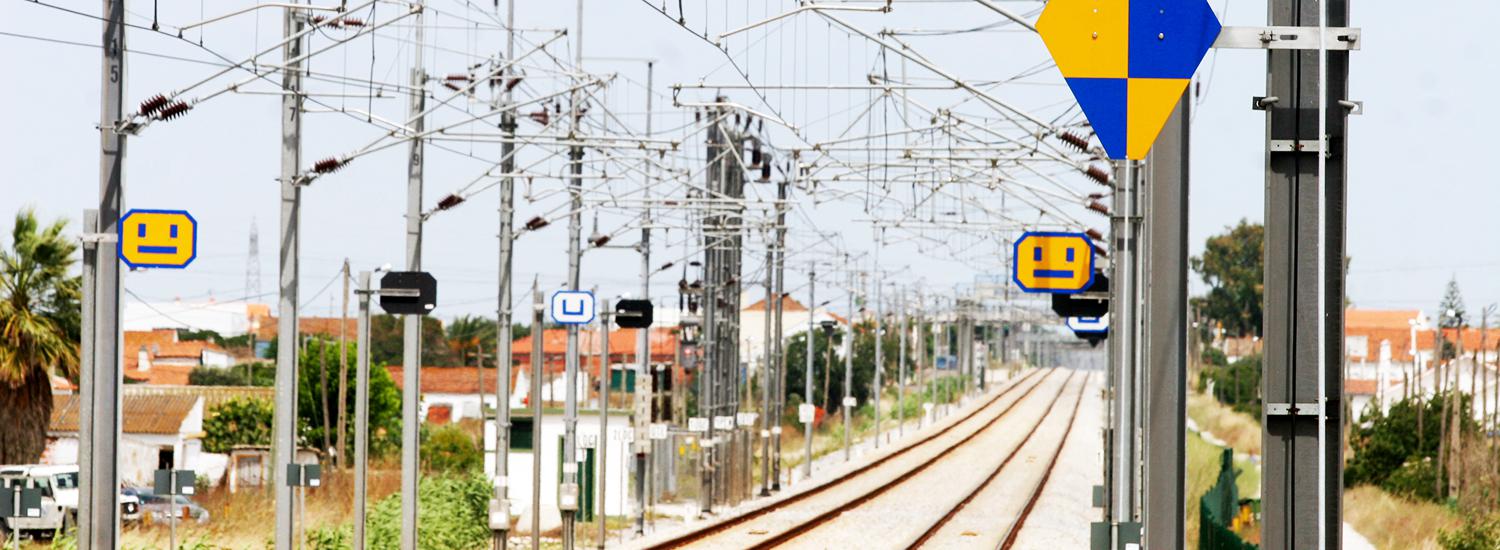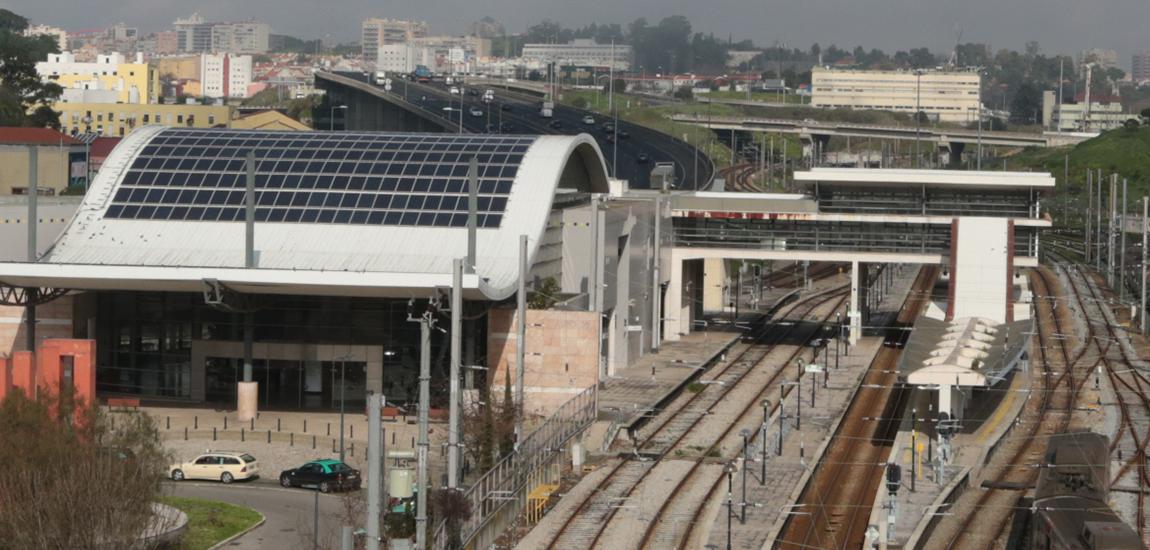Energy efficiency is of particular relevance given our significant energy consumption - around 18 ktoe/year, excluding traction energy - where electrical power corresponds to 88% of total consumption.
excluding traction energy - where electrical power corresponds to 88% of total consumption. Energy Sustainability Program – ESP , which addresses a series of processes to improve our energy performance with a view to reducing consumption and energy intensity, while also rationalizing energy costs and greenhouse gas emissions (GGE).
The ESE Program includes numerous actions ranging from analysis and diagnosis of IP Group energy consumption, energy audits of facilities and/or equipment, the energy certification of buildings and the implementing of energy efficiency measures.
The IP Group Strategy for energy efficiency is based on different major axes which result in a general overview of priorities and a list of measures which will allow targets to be achieved.

Axis 1
Energy Policy
Energy Management Policy, which sets out the IP Group commitment to improve energy performance.

Axis 2
Energy Management Governance Model
Organizational Model for Energy Management in the IP Group, corresponding to a non-hierarchical functional organizational model, which is network based. This model seeks to match the needs of an organization in growth with respect to energy management, meeting both internal as well as external demands and ensuring that scarce material and human resource are used effectively and where they are most needed.

Axis 3
Energy Efficiency General Plan
IP Group General Energy Efficiency Plan which sets targets and deadlines to achieve a reduction in energy consumption beyond reference consumption levels.

Axis 4
Energy Consumption Units
Energy Consumption Units, established given the nature of the work carried out at IP with the aim of (i) organizing energy consumption into major families, (ii) establishing the respective starting point for each unit and (iii) identifying measures to save energy which contribute to the rational use of energy, synonymous with energy efficiency.

Axis 5
Building Energy Certification System
Building Energy Certification System which informs users of a building’s energy performance. This system will also allow new buildings to create mechanisms to check compliance with the thermal requirements. In existing buildings, it will allow measures to be identified which can lead to an improvement in energy performance and the comfort of users.

Axis 6
Energy Audit Systems
Energy Audit System, a systematic process through which suitable knowledge is obtained on the characteristics of the energy consumption of a building or a series of buildings, a fleet of vehicles, an activity or an industrial or commercial facility of public or private services.

Axis 7
Energy Management System
The IP Energy Management System which aims to implement the measures required to improve our energy performance based on the ISO 50001 standard, which is the most recent and effective of international practices in Energy Management.
The IP Group energy assessment and diagnostic process allowed energy efficiency solutions to be identified, more specifically with regard to thermal behavior in buildings, the renovation and/or modernization of installed technical systems, renovation of lighting systems and the implementation of renewable energy production systems.
To reduce energy consumption at IP of note are the following model solutions which are frequently adopted, by type of action:
Lighting
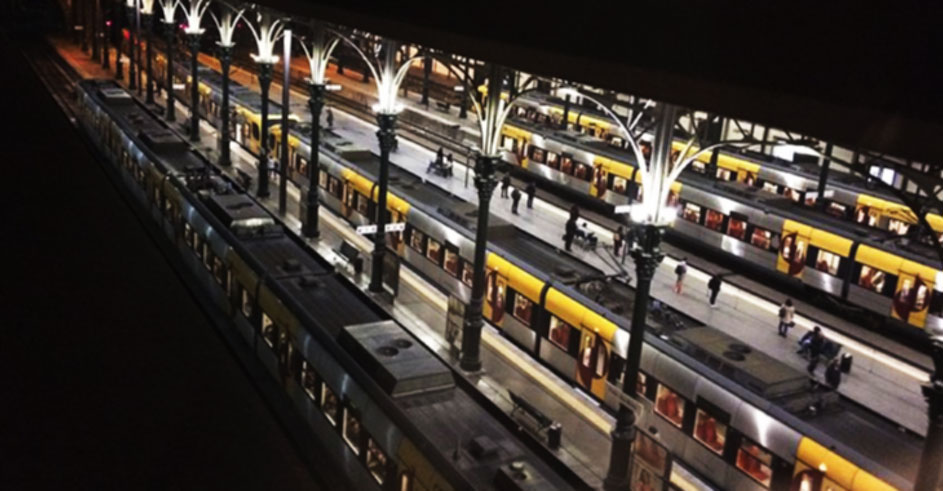
Replacement of lighting with a more efficient system (T5 or LED);
Installation of motion sensors to control lighting;
Installation of light flow control systems;
Inclusion of astronomic clocks in existing systems which adjust to the natural lighting of each season of the year.
Work in Buildings
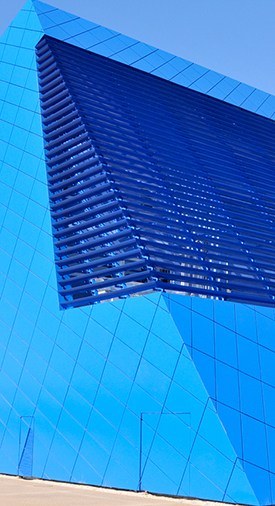
Replacement of window frames with thermal break systems and ventilation grills, with low emissivity double glazing;
Fitting of solar protection film on glazing;
Fitting of interior blackouts to improve indoor thermal comfort;
Fitting of window shading on south facing glazing;
Exterior insulation of roofing and walls (sandwich panels, subroofing, Roofmate, Wallmate, etc.);
Replacement of window frames with thermal break systems and double glazing;
Elevators, Stairs and Escalators
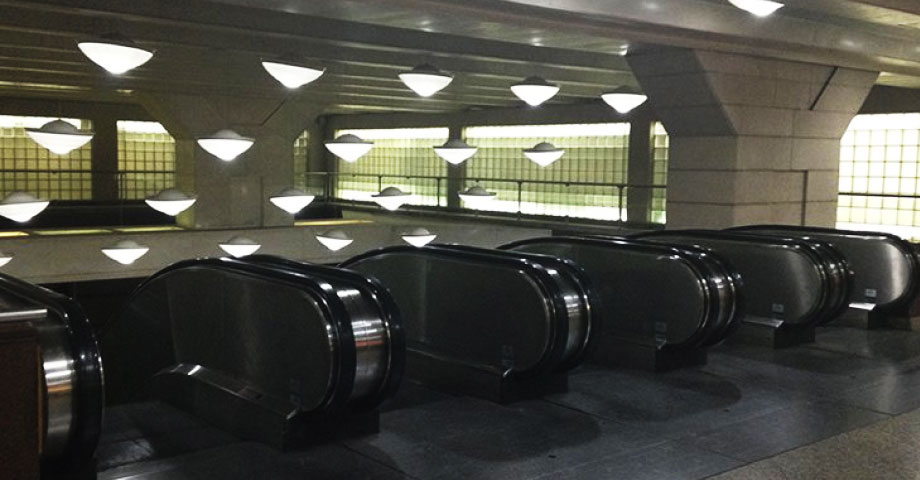
Installation of electronic remote controls and speed changers;
Installation of regenerative drives with energy returned to the installation or the network.
Climate Control and Ventilation Systems

Replacement of individual climate control systems with centralized systems (chillers, VRV, heat pumps).
IP joined the European Network of Stations Sudoe Stop CO2, and nine stations already form part of this initiative:
Station
Benfica
Station
Oriente
Station
Sintra
Station
Rossio
Station
Entrecampos
Station
Aveiro
Station
Espinho
Station
Guimarães
Station
Porto São Bento
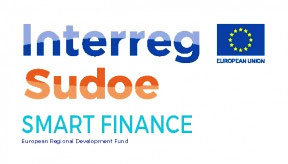
This participation allows us to:
- Assess the energy performance of stations and compare our position with European counterparts
- Identify best practices in energy management and efficiency and mobility with a view to implementing them in the national network so as to improve sustainability
- Disclose and raise awareness among station users with regard to the performance of facilities covered by this project

At IP, solar energy is produced essentially at railway stations, using roofing and covers.
This production is sold to the public grid and is operated by third-party entities which rent the spaces, or used in self-consumption, in which case operation is 100% IP.
Several photovoltaic parks have already been installed at different railway stations, providing installed power of 450 kW.
In the short-term we intend to extend this method of creating solar power by incorporating coverings at parking lots in buildings (carport systems) and in association with electric vehicle charging stations, thus contributing to the decentralization of sources of power production and supply.
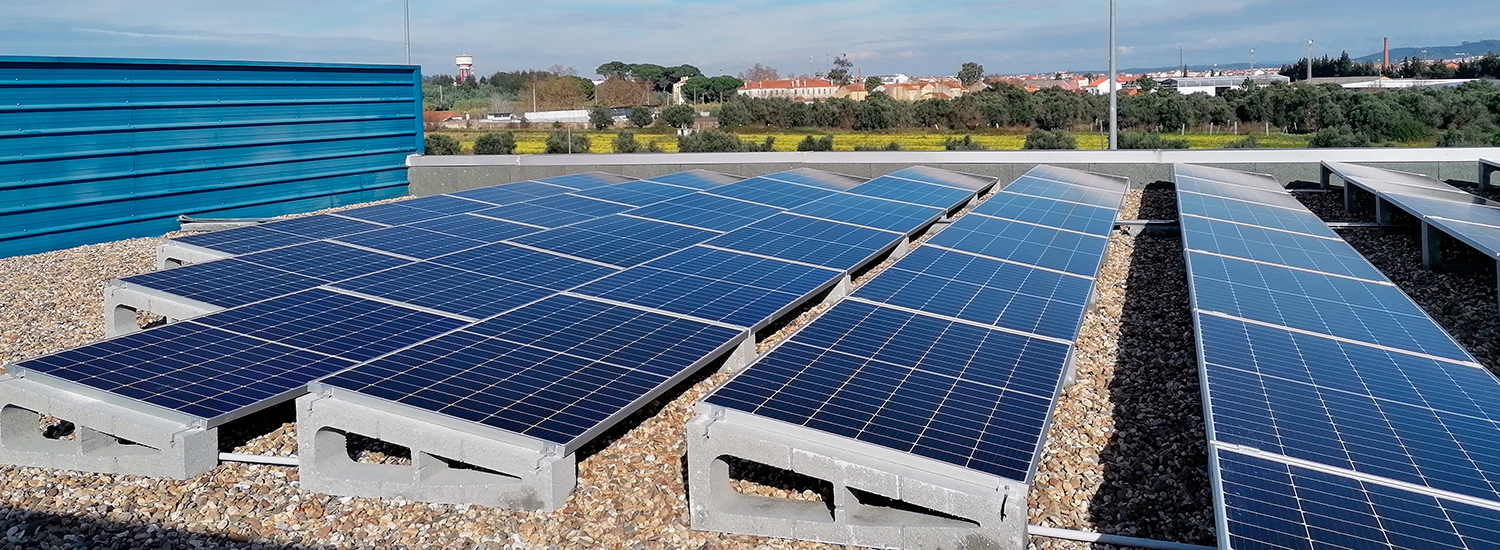
We will also continue to install in solar thermal collectors our buildings to produce hot water (DHW).
As we are aware of our high energy consumption, in the near future we wish to incorporate greater use of renewable energy in our electricity supply contracts with market operators.
